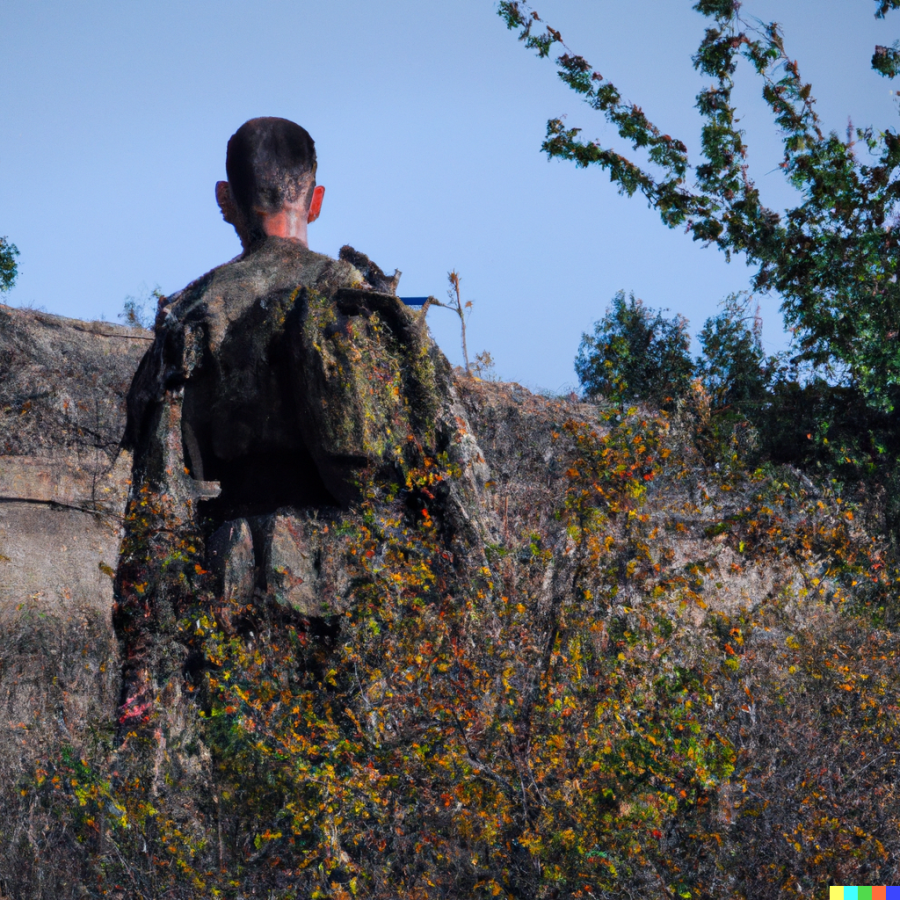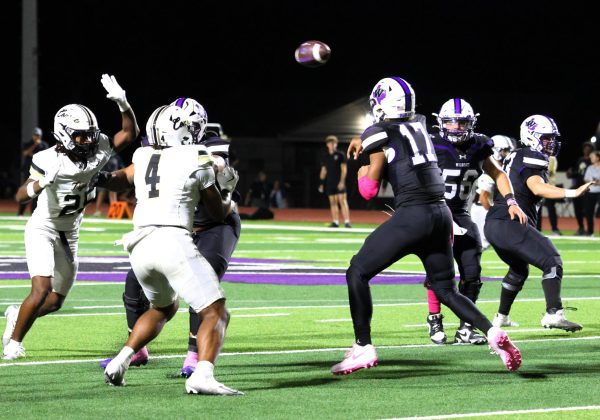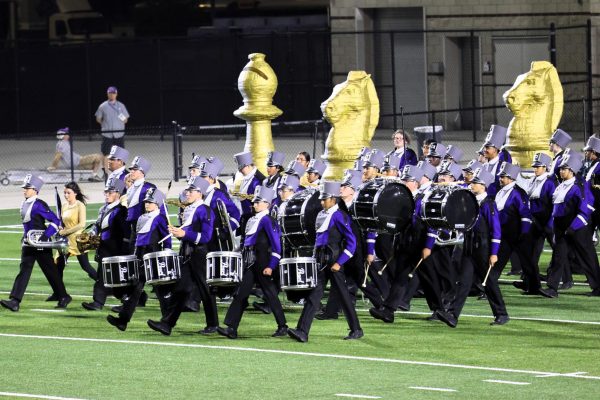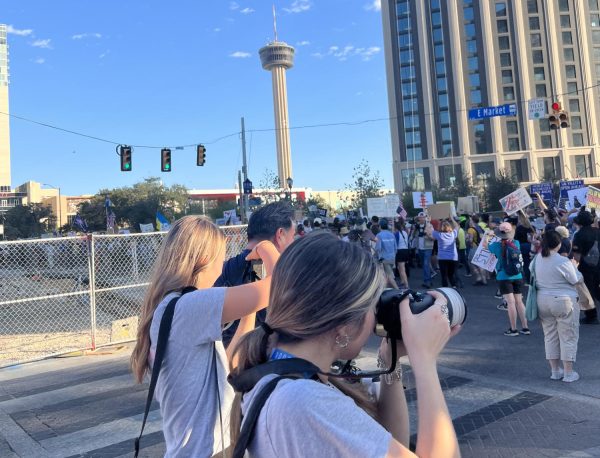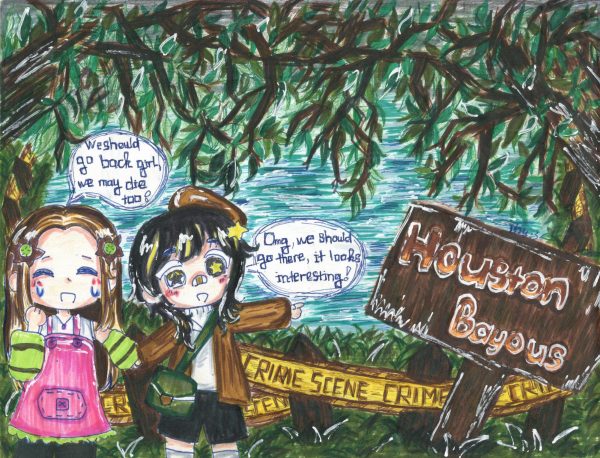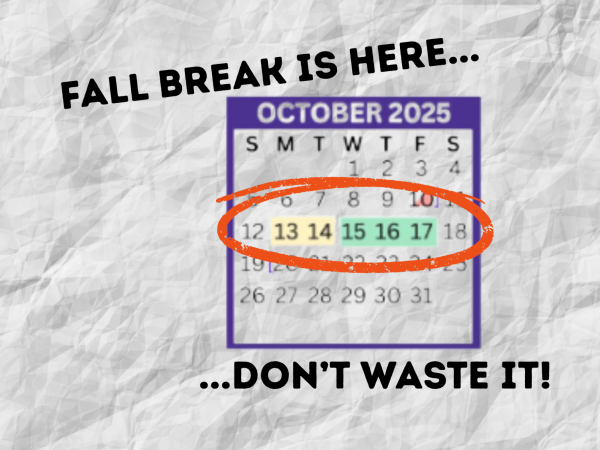Price of compromise, war
photo or infographic by Wildkat Media via DALL-E 2
Ukraine as a country has only existed since the fall of the Soviet Union in 1991. They, along with many other countries, came from a destabilized country and decided it best to make their own path away from the new Russian Federation. The United States in its role tried to play a neutral party in this act, especially with many countries of the former Soviet Bloc aligning with either the European Union or with the Russian Federation. TheWest tried to let these countries go their own way, but Vladimir Putin chose a different route.
The Russian invasions of Ukraine show a shifting tide in the war and how the world reacts to international crises.
The fall of the Soviet Union led to the long breaking up of nations away from each other, with Ukraine and the Russian Federation being two of the most looked at countries within the past few decades. The Russian Federation has come down to an oligarchy to a presidential dictatorship, multiple “military operations,” and becoming a regional power through economics within Europe. Ukraine for its part in this has had multiple break away states, presidential crises and controversy. The two countries with their many breakdowns have also been eyeing each other since the breakdown of the Soviet Union, with a now famous quote by Vladimir Putin. “The demise of the Soviet Union was the greatest geopolitical catastrophe of the century.” These factors pushed these countries into conflict, along with many other countries, but the most notable grab was in 2014. A special military operation within the Ukrainian province of Crimea led to a huge Russian grab of the Peninsula and the city of Sevastopol. This led to national security and sanctions on the Russian Federation, but Ukraine was left on its own during this time. It would take eight years later for true fighting between the two nations to occur.
The following of Feb. 24 was a hectic scramble by every party in fear or denial of an invasion of the Ukrainian regions of Donetsk and Luhansk. The final invasion of the region along with a northern invasion towards the Ukrainian capital of Kyiv which finally ended the silence and solidified many fears. The first waves of invasion would lead to failures in the north getting bogged down significantly until a retreat was called by the Russian Federation. The focus on the war would shift to the Donetsk and Luhansk regions that would see huge gains along with the capture of Mariupol by the Russian Federation. More recently we have seen gains by the Ukrainian army capture what they claim to be over one thousand square miles of land in the past few weeks. This change from Russian advantage to Ukrainian advantage shows the change in tides between the two countries, with Ukraine also getting heavy support and more recently bidding to join NATO. The change in the waves of the war also show how Ukraine and the International community will react to a major crisis between themselves and their community.
Things have changed since 2014, with major pandemics and support from the wider community have both weakened the Russian Federation and strengthened Ukraine. This change in power had not been noticed by the leadership within the Russian Federation, possibly believing in their superior numbers and military advantage that could possibly use their tactics of numerical superiority and quick defeat to win the war. This did not happen in the summer of 2022, with many units being abandoned or miscalculated in an attempt to invade a country with ground that has major swamps, forest, and wide plains. These factors along with the support of the entire international community, besides close Russian allies, lead to an overconfident Russian army being pushed to far and stretched beyond what they believed to be needed. These factors have now allowed Ukraine to take its advantage while its ahead and recapture thousands of acres across the Luhansk region.
Your donation will support the student journalists of Willis High School. Your contribution will allow us to purchase equipment and cover our annual website hosting costs.


